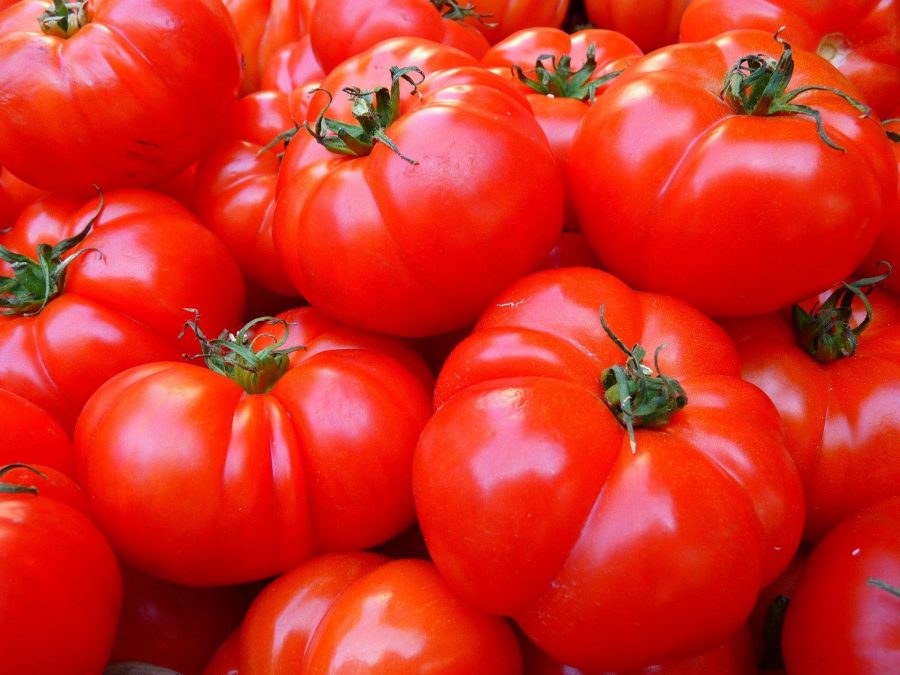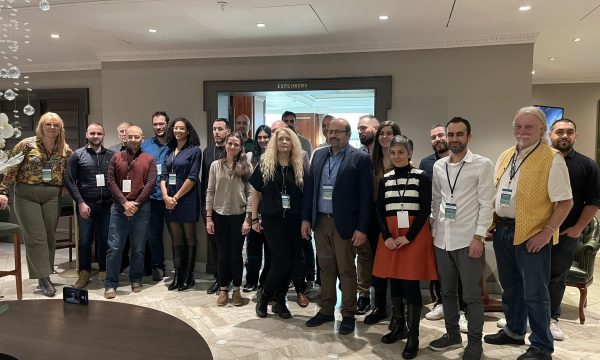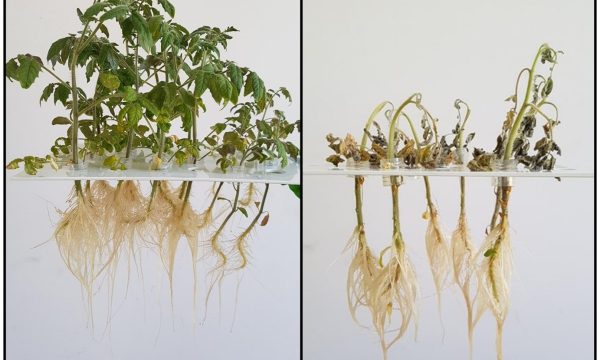Press release Ghent PhD by Thai researcher on harmful viroids on tomato and other crops may help Thailand in its future vegetable exports.
Over the last 10 years, UGent and ILVO have gained notoriety for their scientific knowledge on viroids. Tangkanchanapas continues his work as a researcher in plant health at the Department of Agriculture of Thailand.
On 26 April Parichate Tangkanchanapas defended his doctoral thesis, “Viroid-host interactions in Solanaceae”. Promotors are Prof. Dr. ir. M. Höfte of Ghent University (UGent) and Dr. ir. K. De Jonghe of ILVO.

‘Naked microbe’
Viroids are the smallest plant pathogens: they consist of a single strand of naked genetic material - circular RNA - without a single coding sequence for protein. Yet despite their size, they can cause disease symptoms ranging from very mild to very severe, depending on the species and strain of viroid, type and stage of plant, climate and environmental conditions. In Thailand, two viroids are causing problems: the Columnea latent viroid (CLVd) and the Pepper chat fruit viroid (PCFVd). They cause major yield losses in Solanaceae, and also cause a lot of problems in the export of fruits and seeds. For example, both viroids have been intercepted several times during the quarantine procedures of different countries. This is causing international concern, especially since it appears that Thai CLVd strains cause more serious symptoms than, for example, the known European variants. Therefore, Thai researcher Parichate Tangkanchanapas joined forces with UGent and ILVO, which have been jointly researching viroid plant pathogens for 10 years, to increase knowledge about the biology of these viroids, and to develop a reliable detection technique.
A fast and effective test for the pepper chat fruit viroid
First, a PCFVd-specific "Reverse-Transcription Loop mediated isothermal AMPlification" (RT-LAMP) method was developed and adapted for "on-site" detection. Using this robust method, PCFVd can be detected within 15 minutes, with a sensitivity at least comparable, but mostly up to 100 times more sensitive, than already available methods. The test has been modified to be easy to use in the field and the results are clear at a glance. This makes the test easily applicable for quarantine purposes, at border controls or for quick surveys.
Infections in tomato, eggplant, bolo maka and chili pepper
Next, the interaction between the CLVd viroid and its hosts was studied by scrutinizing the populations of mutants that arise after infection. Host species in the study were tomato (Solanum lycopersicum), bolo maka (Solanum stramoniifolium; 'coconilla'), Thai round eggplant (Solanum melongena), and bell pepper/chili peppers (Capsicum annuum). The genetic study showed that different isolates have host-specific sequences, and thus plant and viroid have a host-plant-specific "relationship." In further research, CLVd mutants were studied in different host tissues and at different times of infection. It was shown that the life cycle of CLVd infection is very adaptive and flexible.
Family trees and pathogenicity
Tangkanchanapas reviewed the pedigree of CLVd, with specific attention to host plant range and symptom development. Three different virulence levels could be distinguished: severe, moderate and mild. For example, in bolo maka plants, infection with a "severe" isolate causes severe dwarfism of the entire plant. In an experiment with cucumber, only one isolate managed to infect cucumber with an infection rate of 50%, but without causing symptoms. Thus, pathogenicity depends on the host plant.
Safe exports from Thailand and interesting knowledge for growers across the world
A highly sensitive and reliable diagnostic test is essential for the prevention and control of the two viroids in Thailand. Moreover, with his research, Parichate Tangkanchanapas paved the way for the safe export of fruits and hybrid seeds of tomatoes to many countries, including the US, Australia and European countries.
The better understanding of viroid-host interaction, and in particular biological properties such as symptom expression, are also of interest to non-Thai growers. "Although the European form of the viroid is a lot milder, outbreaks are still reported from time to time," mentions co-promoter Kris De Jonghe. "Moreover, at border checks strains from the US or Europe are occasionally intercepted in Thailand and vice versa, so the risk of introducing more virulent strains into our crops is not non-existent, despite the 'entry ban'. Everything depends on proper and rapid detection of viroids in today's global trade. "

